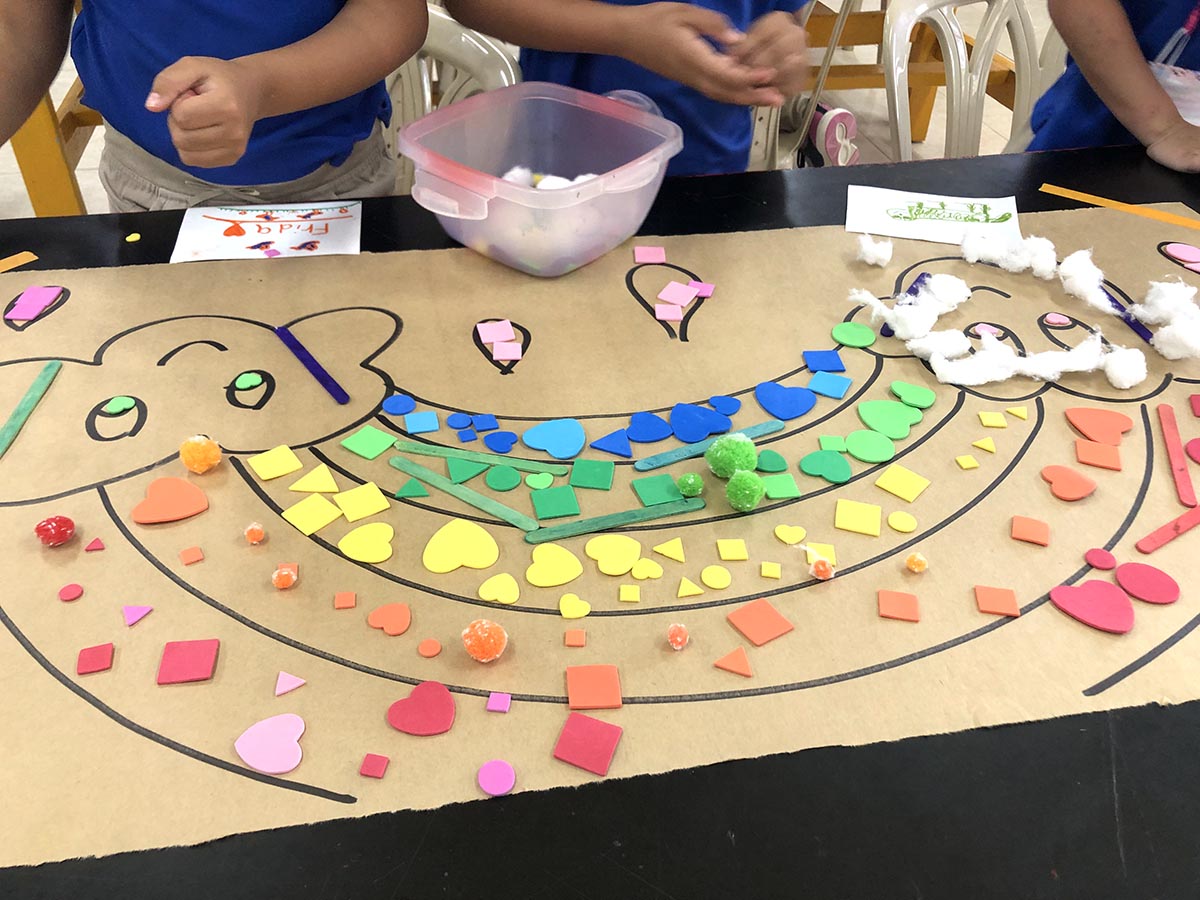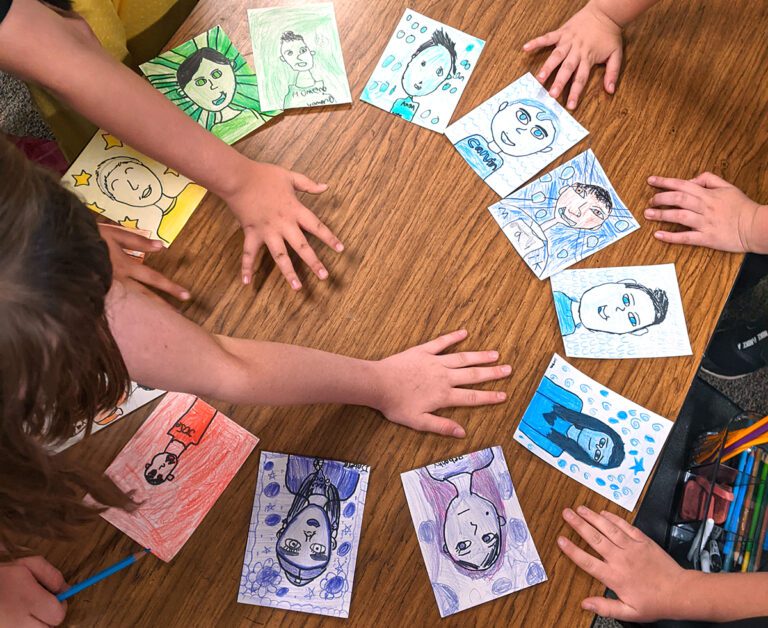What if the rainbow looked like a muddy paint palette? Your art teacher heart may wither at the thought, but for people experiencing color vision deficiency (commonly known as color blindness), the rainbow—and their world—look like a muddy swirl of colors.
Since color is likely an integral part of your art room and curriculum, understanding color vision deficiency is crucial. Color vision deficiency affects around 300 million people worldwide. Chances are you have more than one artist with color blindness in your art classes. Once you know more about color vision deficiency, you can create a more inclusive art room environment.
The first step to support your students with color vision deficiency is to educate yourself and raise awareness.
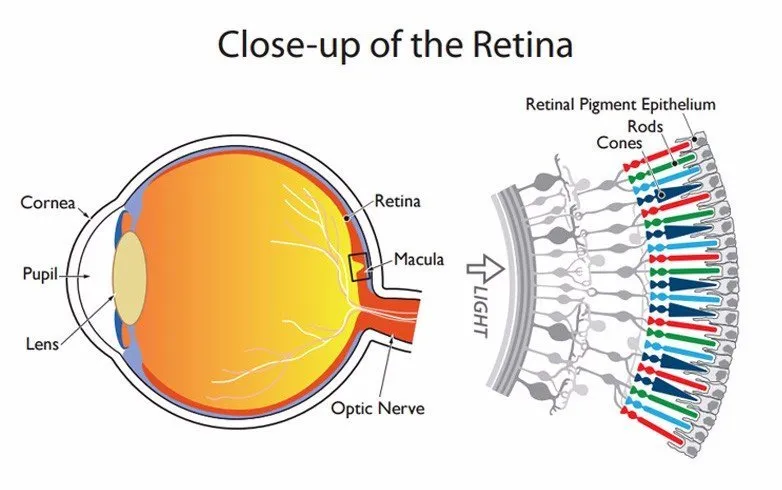
How do we see color?
Before diving into color vision deficiency, it’s essential to understand how humans perceive color. The human eye contains special cells called cones that are sensitive to different wavelengths of light. There are three types of cones: those sensitive to short wavelengths (blue), middle wavelengths (green), and long wavelengths (red.) When these cones work together, they allow us to see the full-color spectrum: a wide range of colors and variations.
What causes color vision deficiency?
Color vision deficiency occurs when one or more types of cones are either missing or not functioning correctly. The most common forms of color blindness are usually inherited and are the result of genetic mutations on the X chromosome. Men and people assigned male at birth are more likely affected, as they have only one X chromosome. Color vision deficiency also can result from injuries to the retina, optic nerve, or brain. Diseases, certain medications, aging, and exposure to chemicals can contribute as well.
What types of color vision deficiency are there?
Everyone sees color a little differently, no matter the state of their cones. People diagnosed with color vision deficiency see color significantly differently from the average eye and slightly differently from each other.
The three main types of color vision deficiency are:
- Red-Green Color Blindness (Deuteranopia and Protanopia)
The most common type of color blindness affects the perception of red and green. These colors turn into murky greens with hints of yellow and blue. Browns are very hard to distinguish. - Blue-Yellow Color Blindness (Tritanopia)
A more rare form of color blindness affects the ability to perceive blue and yellow colors. With this type, it’s hard to differentiate between blue and green, purple and red, and yellow and pink. Everything appears in shades of magenta and cyan. - Total Color Blindness (Monochromacy)
Monochromacy is an extremely rare form of color blindness where individuals see the world in shades of gray, like a black-and-white movie. Only one in tens of thousands of people see no color at all.
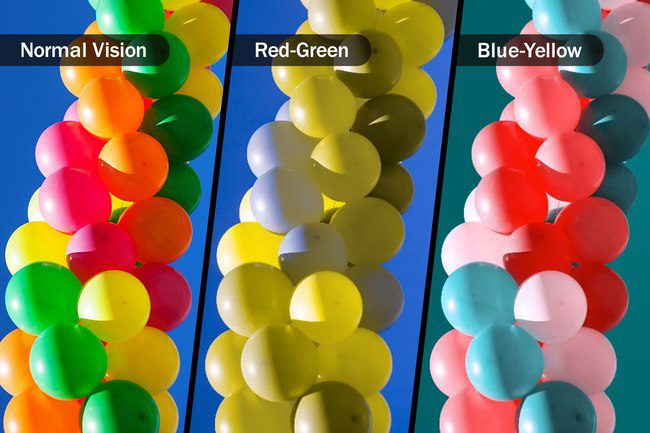
Now that you have a baseline understanding of color vision deficiency, adopt the best practices below to support your students so everyone can thrive!
1. Adopt a UDL in your art room.
For students with color vision deficiency, art class presents unique challenges. Meet the particular needs of your students by adopting a Universal Design for Learning in your art room. A UDL approach ensures your classroom and curriculum will be accessible to as many students as possible. This is a proactive approach, versus making accommodations and modifications after you design your lesson or room.
2. Adapt your teaching environment.
Light and contrast play a crucial role in recognizing color. Provide modified materials, such as color-corrected paper, pencils, and markers, to enhance the contrast between colors. Place students in the brightest spots in your art room or supply spotlights.
3. Differentiate material labels.
Clearly label all art supplies and materials with secondary indicators such as text, shapes, symbols, and patterns to help students quickly identify what they need. Organize materials and store them consistently in the same place to reduce confusion.
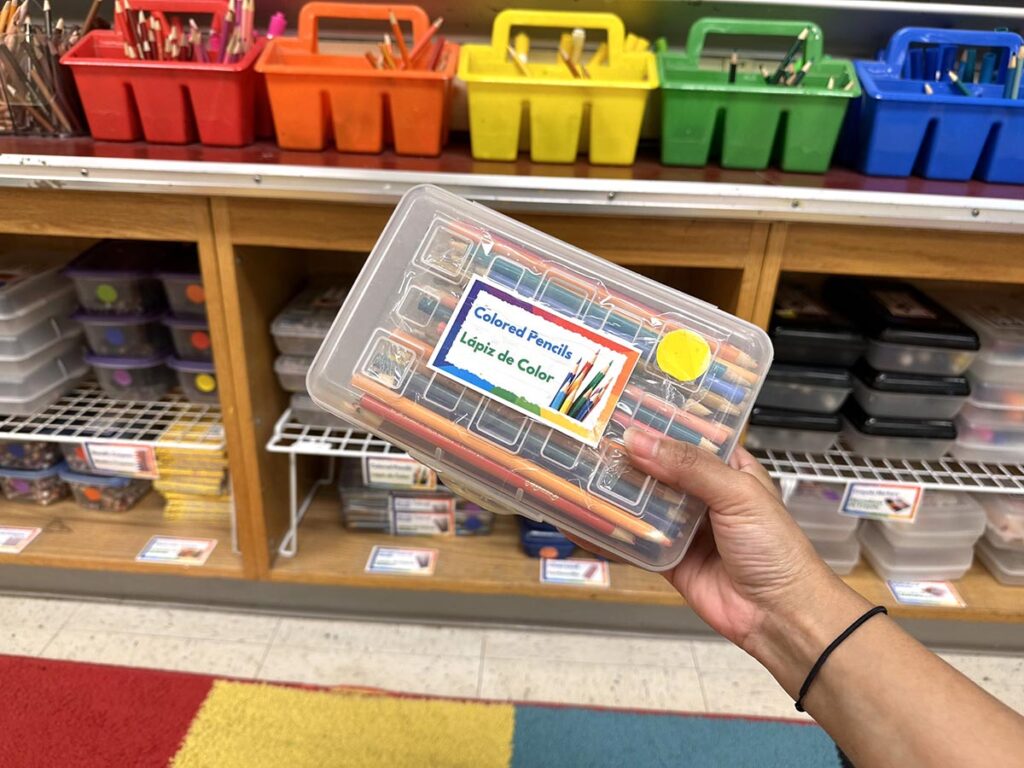
4. Provide visual references.
Offer students visual references for color schemes and palettes to look at while they work. Student-facing downloads like the Color Wheels and Color Schemes from FLEX Curriculum can help students select harmonious colors and make informed choices for their artwork.
5. Avoid red-green combos.
Color vision deficiency most often affects the perception of red and green hues. Avoid using color combinations that rely solely on these two colors. Opt for alternatives like blue and orange or purple and yellow when designing projects.
6. Assign a color buddy.
Pair students with a color buddy they can ask questions to when they are having trouble differentiating colors. Encourage collaborative projects where students experiencing color blindness work with peers to foster an environment of mutual learning and support.
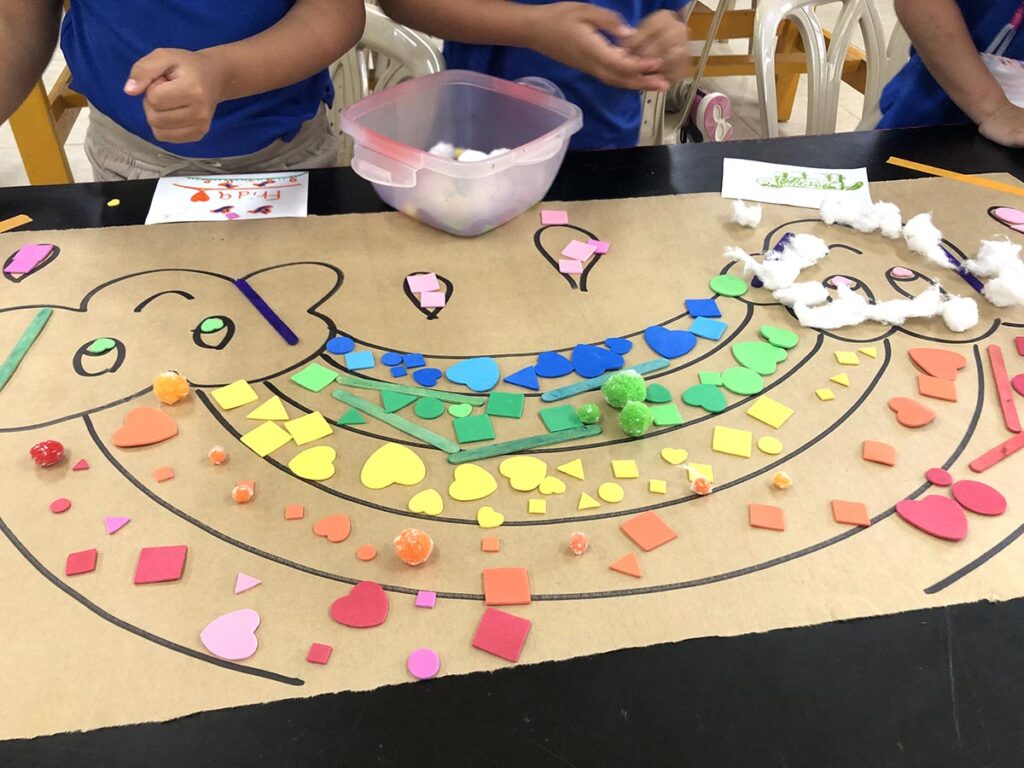
7. Celebrate the difference!
Treat students experiencing color vision deficiency as the experts they are in their color world. Let students create a colorful composition that is pleasing to what their eye sees. Then, use it as the basis for a discussion on perspective and beauty.
8. Ditch color altogether.
Encourage students to explore the use of light and dark values and visual contrast through shading and line work. Introduce tactile elements like textured paper or relief printing to add depth and visual interest to projects. There are so many other elements and principles to focus on!
Reframe color vision deficiency as an opportunity to explore innovative ways of expression instead of approaching it as a limitation. Support your students by differentiating labels, assigning color buddies, or ditching color altogether! The strategies you employ can create an inclusive environment where all students, regardless of their color vision, can thrive artistically. Plus, students will feel seen, cared for, and welcomed which can encourage them to take more risks with their artmaking. Even if the rainbow may still look muddy, your students with color vision deficiency will have a much more colorful outlook when they walk into your room!
What best practices will you adopt to support your students with color vision deficiency?
How are you creating a more inclusive classroom for all of your students?
Magazine articles and podcasts are opinions of professional education contributors and do not necessarily represent the position of the Art of Education University (AOEU) or its academic offerings. Contributors use terms in the way they are most often talked about in the scope of their educational experiences.
